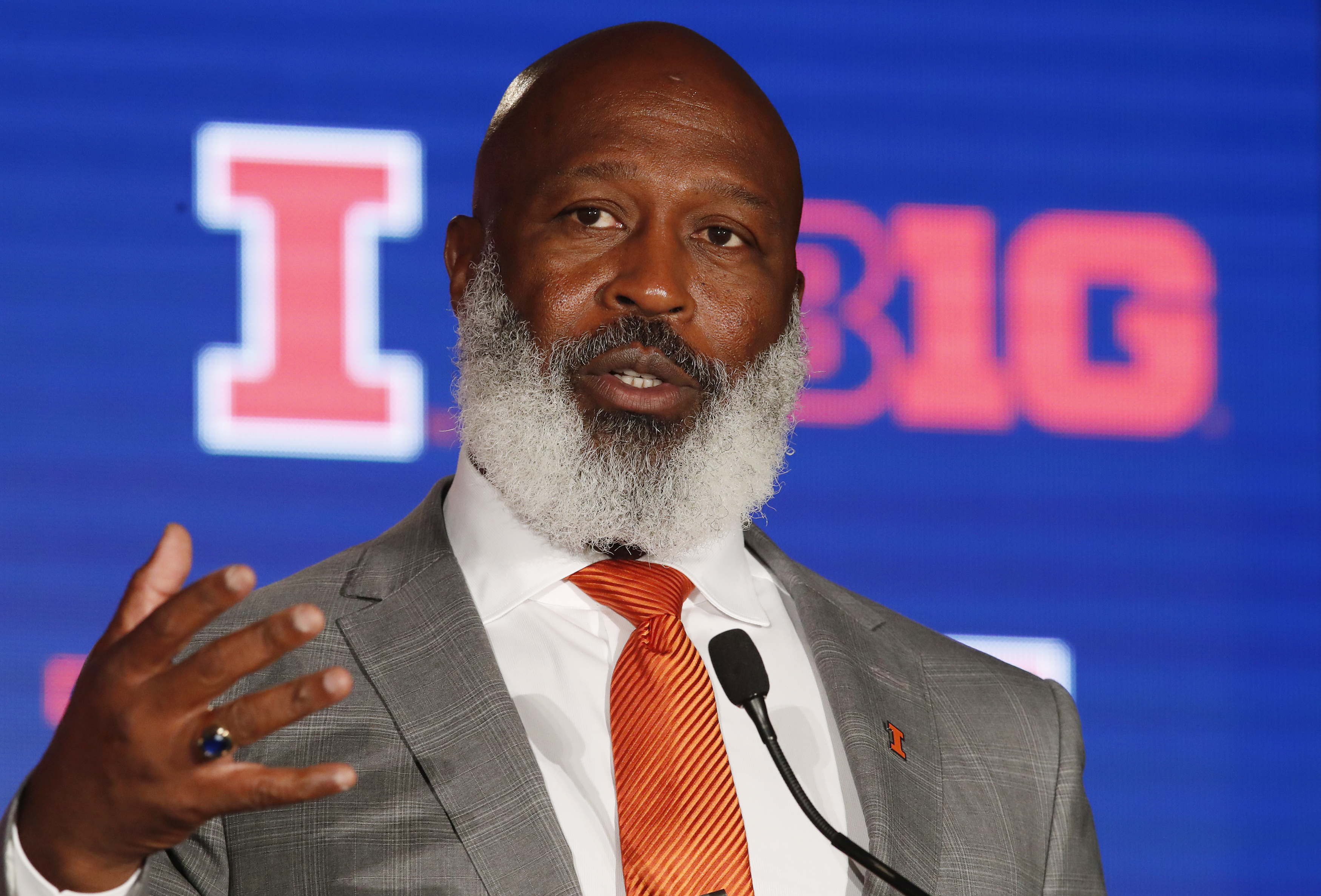Ad Disclosure

Transparency portal: B1G coaches agree, NCAA needs to bring clarity to transfer rules
Chicago — If B1G coaches had it their way, they’d likely rename the transfer portal the transparency portal. Maybe that would prompt the NCAA to make its transfer rules a little clearer.
The transfer portal was at the heart of the conversation during B1G Media Days. The latest phenomenon in college athletics essentially affected every team in some way, shape or form over the last year.
Penn State saw more than a dozen players enter their name in the portal. Ohio State landed quarterback Justin Fields. Iowa added three talented receivers. Illinois has lost and gained several prospects from the transfer market.
But how the transfer portal affected each team wasn’t really the primary concern in Chicago. Every B1G coach who was asked about the new process harped on the same point: there needs to be more transparency.

“Just some clarity on that whole thing would really help. I understand how the portal works, that’s pretty clear, pretty decisive. What is confusing is who gets a pass to the field and who doesn’t,” Iowa head coach Kirk Ferentz said. “That didn’t just start this past 12 months. So, it’s been a little confusing to find out who can get a waiver and who can’t. What are the actual criteria? I’d like to see that get cleaned up a little bit.”
Ferentz hit the nail on the head.
The biggest complaint about the transfer portal has been the NCAA’s process for approving and denying immediate eligibility waivers. Over the last seven months in particular, the operation has seemed pretty arbitrary from an organization that refused to elaborate or provide any clarity on its decisions.
Ohio State’s Justin Fields received an eligibility waiver to immediately step under center for the Buckeyes in 2019, though his decision to leave Georgia appeared to be based on playing time. Yet Illinois tight end Luke Ford — who also left UGA — is required to sit out one year, despite moving closer to family members with health concerns.
Illinois head coach Lovie Smith doesn’t really have a problem with the current rules that are in place, but he also doesn’t believe that everyone is on a level playing field.
“As far as the transfer rule, how would I fix it? Maybe more transparency as much as anything on how the process kinda goes a bit when you deny or grant immediate eligibility,” Smith said. “As long as we’re all going by the same rules, I’m OK with whatever we have in place.”
Because the transfer portal has gained such popularity and the number of waiver requests has grown — more kids are taking a shot and hoping for the best — the NCAA has implemented stricter policies moving forward. According to the organization, it will limit the number of immediate eligibility waivers that are approved.
Moving forward, the NCAA will require student-athletes to provide “documented extenuating, extraordinary and mitigating circumstances outside of the student-athlete’s control that directly impacts the health, safety or well-being of the student-athlete.” In some cases, if a player is “run off” by a coach, the athletic director at the athlete’s previous school must provide written documentation.
Without one, or both of those items, receiving an immediate eligibility waiver seems pretty unlikely.
But the NCAA didn’t need to take such drastic measures. Rather than restructure the system, just providing more transparency and clarity would’ve probably been ample progress for most coaches. Yes, the NCAA’s new approach does that, but it’s a pretty dramatic change.
Michigan head coach Jim Harbaugh was the only coach to offer a potential solution.

“It should be clear to what the rules are for youngsters when they transfer,” Harbaugh said. “My opinion is that every student-athlete should have a one-time ability to transfer and not have to sit out a year. And then, if they were to transfer a second time, then the previous rule that we had where you have to sit out a year of eligibility. And with that I’d also keep the graduate transfer rule that we have in place right now.
“It would be good to just have a clear, concise (process), where everybody understands what the ramifications are. I think that would be a fair way to proceed.”
Fairness, really, is all everybody wants.
While some coaches like Minnesota’s P.J. Fleck believe the increase in transfers sends the wrong message and creates “free agency” in college football, most coaches seem to accept the latest change to the sport. College athletics is an evolving space, and this is just the latest change. Several have learned to accept it.
The goal now is to urge the NCAA to be more transparent and creating more defined standards for student-athletes and coaching staffs. Bringing clarity to the transfer portal is something 14 B1G coaches agreed on in Chicago.
It’s something the NCAA is still fiddling with.
Dustin grew up in the heart of Big Ten country and has been in sports media since 2010. He has been covering Big Ten football since 2014. You can follow him on Twitter: @SchutteCFB